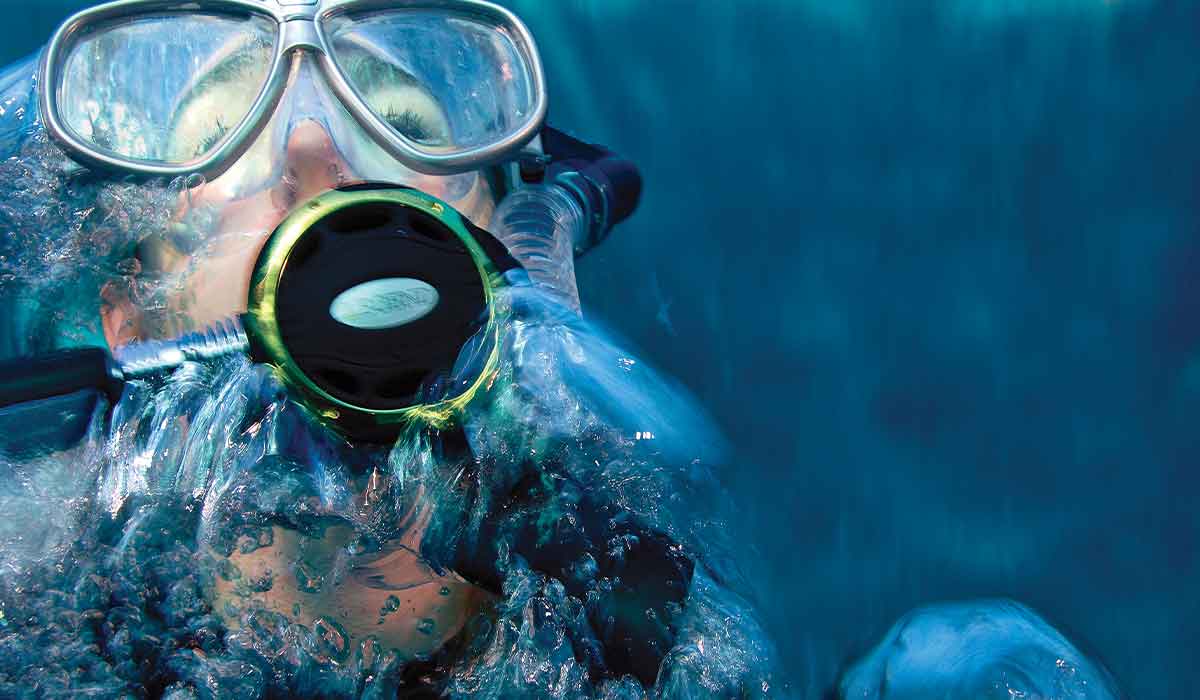We have very few of the old time divers here on ScubaBoard--and I am not one of them myself. I am old, but I started late. I do, however, have nearly two decades of ScubaBoard experience, and I remember well some of the old threads with some of those old time divers, and I specifically remember them talking about CESA.
I am talking about the days before pressure gauges were common, the days when the J-valve was the common safety device in scuba. The idea of the J-valve was that you would dive until you were out of air, at which point you would pull a lever and get a reserve of air, enough to get you to the surface safely. One problem was they had to be filled properly, and sometimes they weren't. A second problem was that it was possible in some environments, like kelp forests, for the lever to be tripped accidently. In either case, when the diver pulled the lever, they got nothing.
And that was the time for a CESA. As I understood those old posts, divers "back in the day" had been through many CESAs, and they knew it was not a serious problem.
I am talking about the days before pressure gauges were common, the days when the J-valve was the common safety device in scuba. The idea of the J-valve was that you would dive until you were out of air, at which point you would pull a lever and get a reserve of air, enough to get you to the surface safely. One problem was they had to be filled properly, and sometimes they weren't. A second problem was that it was possible in some environments, like kelp forests, for the lever to be tripped accidently. In either case, when the diver pulled the lever, they got nothing.
And that was the time for a CESA. As I understood those old posts, divers "back in the day" had been through many CESAs, and they knew it was not a serious problem.





